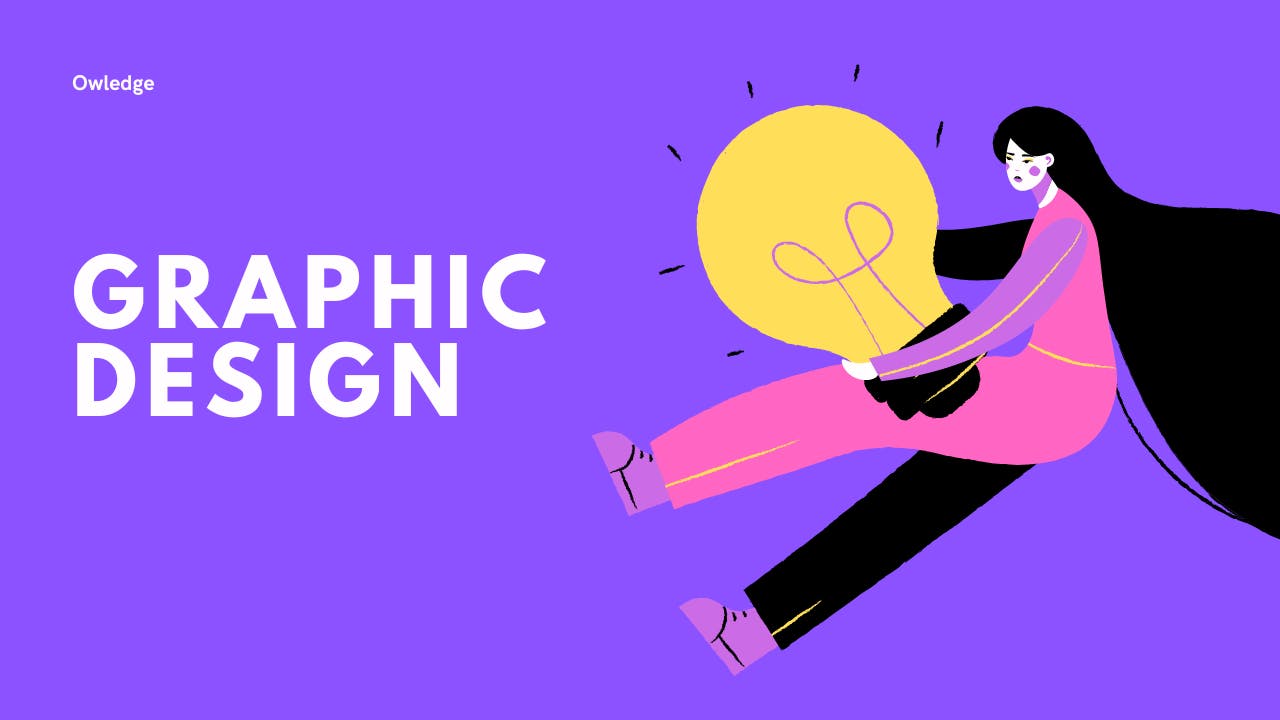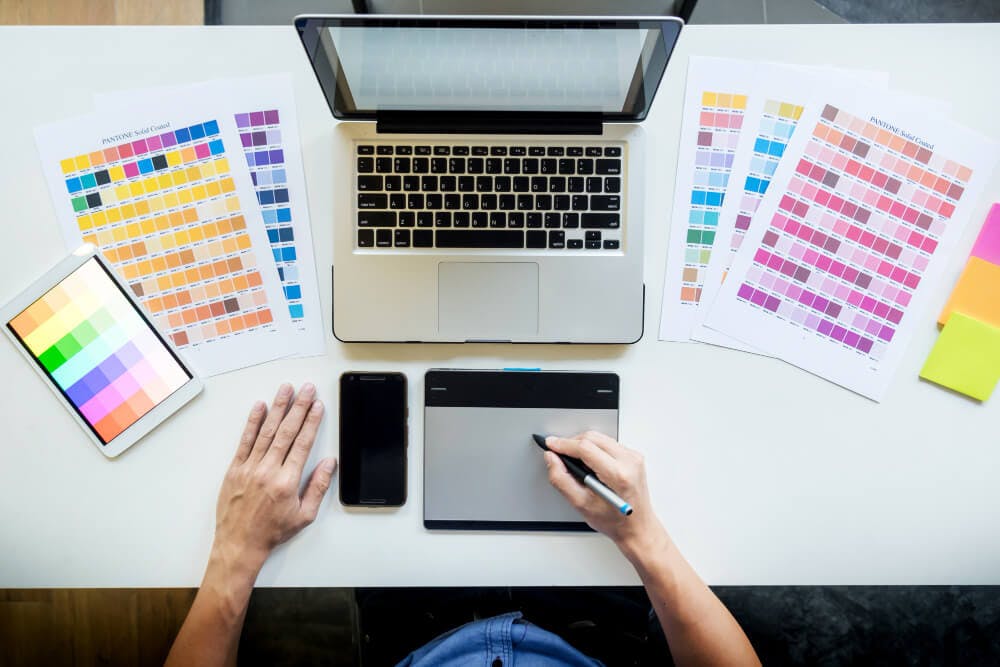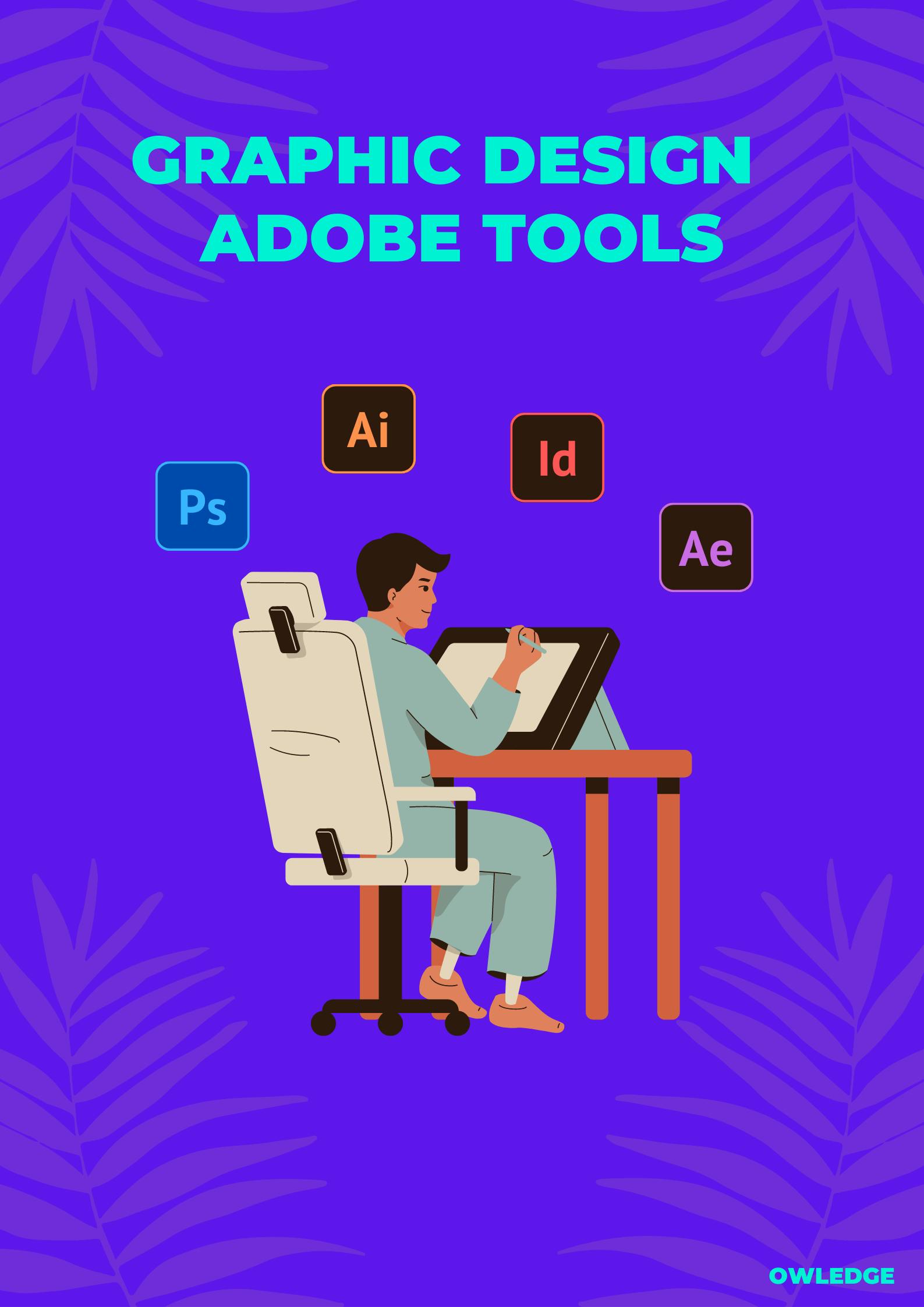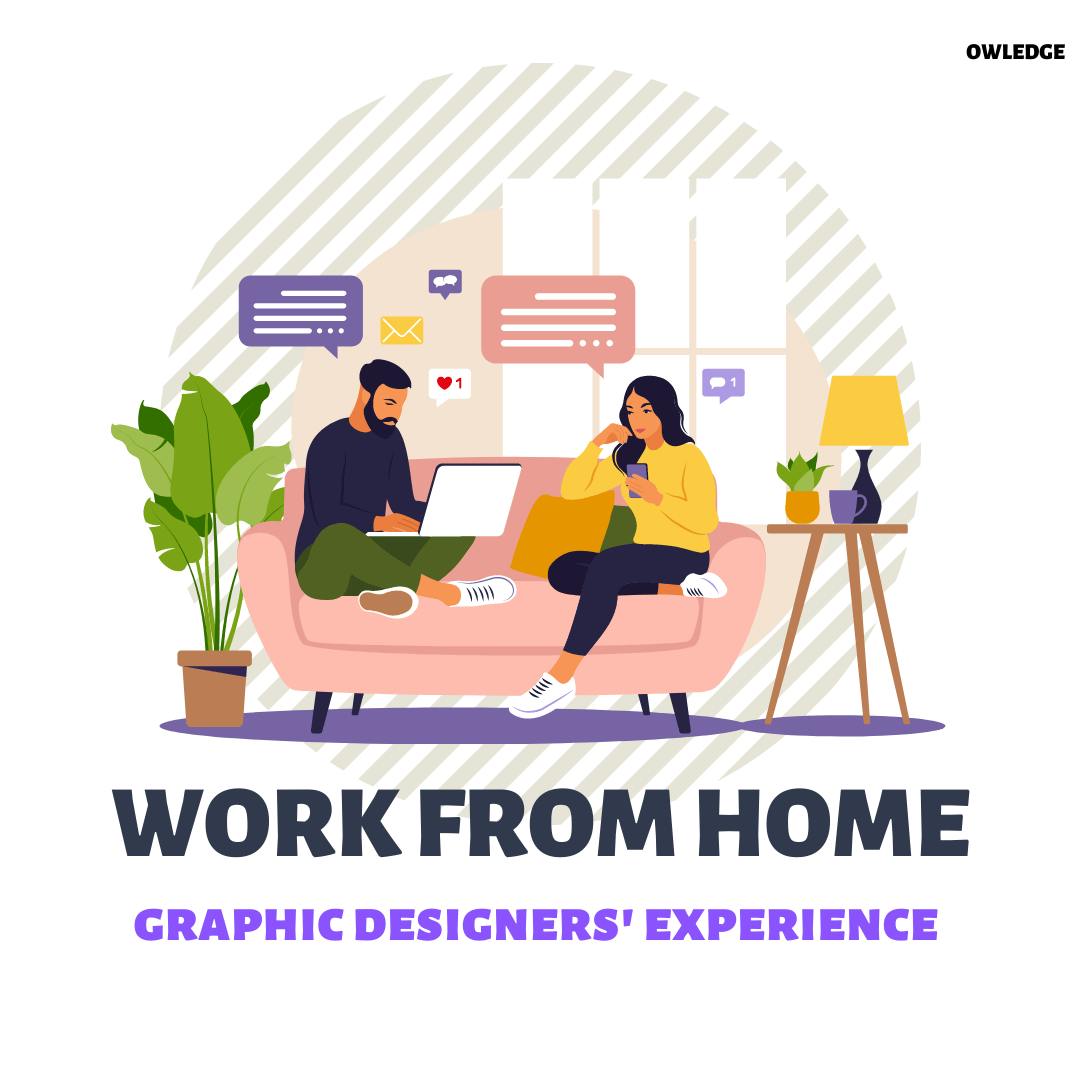
January 16, 2023
Graphic Design Jobs & Work From Home
Are you a creative thinker with a penchant for striking designs and visual communication? Then you might want to consider graphic design jobs and turn your ideas into valuable solutions for multiple clients! Working from home and have a discipline to do it could be a challenge!

Graphic designers are visual communicators who work with specialized graphic design tools to produce concepts. They use an effective combination of pictures, words, or graphics to express ideas in order to inspire and communicate the desired message to a company’s customers.
Remember, visuals are a powerful way at capturing people's attention, graphic design is a very valuable marketing tool!
What does a graphic designer 👩🎨 do?
Graphic designers use a range of design components to generate aesthetic or decorative elements to express ideas by merging art and technology. While often working in teams of other creatives, graphic designers create the overall design and layout for commercials, brochures, magazines, business reports, etc.
Graphic designers' responsibilities
Design is always in demand and the need for graphic design jobs is likely to increase as more and more businesses expand their digital presence. Depending on your skills and background experience, there are a variety of career paths you can choose to pursue.

But what about designers' responsibilities ?
Conceptualizing and Designing Visual Assets 🎨
- The primary responsibility of graphic designers is to conceptualize and create visual assets, such as logos, illustrations, infographics, posters, brochures, and website designs.
- They collaborate with clients or project managers to understand the design brief and then use their artistic skills and software proficiency to bring these concepts to life.
Branding and Identity Development🎗
- Graphic designers are often tasked with developing brand identities and style guides for businesses and organizations.
- They craft logos and design consistent visual elements, including color schemes, typography, and imagery, that represent a brand's personality and values. Consistency in branding ensures a cohesive and recognizable presence across various marketing materials.
Layout and Composition 📐
- A significant aspect of a graphic designer's role is determining the layout and composition of design projects. They organize elements in a visually appealing and balanced manner, ensuring that the content is easily understood by the target audience.
- Designers must consider hierarchy, spacing, and typography to create visually compelling compositions.
Collaborating with Cross-Functional Teams🧍🏼
- Graphic designers often work as part of cross-functional teams, collaborating with copywriters, marketers, web developers, and other professionals. Effective communication and the ability to understand and interpret the requirements of different team members are crucial in delivering successful design projects.
Staying Updated on Design Trends and Software 💠
- Graphic designers must continually stay informed about the latest design trends, techniques, and software updates. This involves exploring design blogs, attending workshops, and networking with other designers to keep their skills current.
- Familiarity with design software such as Adobe Illustrator, Photoshop, and InDesign is essential for efficient and high-quality design work.
Considering a career in graphic design 🎨?
Since there are many different types of graphic design, you should first and foremost define your goals as a graphic designer:
- Do you primarily want to design graphic elements for books and magazines?
- Are you interested in working in marketing and branding, designing logos, brochures, and flyers?
- Or do you want to go a step further and create car wraps, event banners, and marketing displays?
Your focus will define your career choices.
Benefits of a profession in graphic design
Working from home as a graphic designer can be very advantageous.
Let’s take a look at some of the benefits:
- Ability to be creative. If you’re a creative spirit you get to use your creative skills on a daily basis, explore innovative ideas and try out different concepts.
- Graphic designers are needed. All types of industries need a graphic designer. This means you have a lot of options for getting into a field that interests you. Fashion, politics, food, and marketing, are among areas that definitely require graphic designers. You can also transition between industries throughout your career and gain more experience.
- Possibility for a great income. Good things take time and often hard work. Although, once you’ve gained enough experience in the graphic industry the prospects for a good income are very high!
Know the basic skills and tools 🛠
Whether you’re an experienced freelance graphic designer or just getting into it, you need to know the basic skills and tools while constantly staying on top of industry trends. Consider working on volunteer projects that will help you gain practical experience and extend your network.

If you already work as a graphic designer, consider participating in projects that might be something different from what you usually do - and learn new tools from your coworkers.
Graphic designers rely on a wide array of tools to bring their creative visions to life. Some of the essential tools for graphic designers include:
1. Graphic Design Software:
- Adobe Illustrator: for creating illustrations, logos, and scalable artwork.
- Adobe Photoshop: for photo editing and digital artwork creation.
- Adobe InDesign: for designing layouts for print and digital media, such as brochures, magazines, and books.
- Adobe After Effects: for digital visual effects, motion graphics, and compositing application.
2. Image Editing Software:
- GIMP: A free and open-source raster graphics editor with features similar to Adobe Photoshop.
- Affinity Photo: A professional photo editing software for both raster and vector graphics.
3. Color Tools:
- Adobe Color (formerly Adobe Kuler): A web-based color scheme generator for creating harmonious color palettes.
- Coolors: An online tool that generates color schemes with adjustable parameters.
4. Font Resources:
- Google Fonts: A free library of web fonts that designers can use in their projects.
- Adobe Fonts (formerly Typekit): A vast collection of premium fonts available to Adobe Creative Cloud subscribers.
5. Mockup and Prototyping Tools:
- Sketch: A vector-based design tool primarily used for creating UI/UX designs and wireframes.
- Figma: A collaborative design tool for creating user interfaces and interactive prototypes.
- Adobe XD: A vector-based design tool with features for wireframing and prototyping.
6. Stock Image and Illustration Libraries:
- Shutterstock: A popular platform for accessing a wide range of licensed images and illustrations.
- Adobe Stock: An extensive collection of images, illustrations, videos, and templates available to Adobe Creative Cloud subscribers.
7. Project Management and Collaboration Tools:
- Trello: A visual project management tool for organizing tasks and collaborating with team members.
- Slack: A messaging platform for team communication and file sharing.
- Any other project management tool
Even though most graphic design positions demand at least one year of experience, smaller businesses may be more liberal. If you lack experience and don’t have a strong portfolio yet, freelancing is a good way to start gaining more experience while looking for clients and building your portfolio.
How to work from home 🖼
Although many companies now provide remote work options, a lot of graphic design positions require you to be present on-site. If you want to work from home, you might need to join an agency or establish your own business. This will allow you to work on numerous tasks remotely.

Being a part of an agency, you'll most likely need to undertake some in-person tasks like pitch meetings and proofreading, so be prepared to leave the comforts of your home on a regular basis.
While working as a graphic designer has numerous advantages, you also have to consider a few things. Let’s take a look at them.
- Your computer is going to be your best friend. When working as a graphic designer, you spend most of your work time behind a computer. Due to this, you might want to schedule regular breaks and bring your computer elsewhere than your desk. Become best friends with your computer!
- Tight deadlines. This field requires great time management skills. You might experience a client wanting to have their logo edited ASAP or sudden changes in a flyer right away. When working from home, you have to navigate these tight deadlines on your own and remain calm.
- Client requirements must be met. As a graphic designer, you’re frequently forced to make design decisions based on your customer’s requirements rather than your own taste. This means you sometimes have to compromise on your aesthetics in order to accommodate your client’s wishes.
Conclusion 📌
Having said that, graphic designers have several opportunities to work on a range of projects from home and visual design is a necessity in every industry. It can very well be a lucrative career choice for you to try! Are you ready to take the jump and turn your ideas into real-world impacts while working from home?
Can Web Developers Work From Home
How Do Freelance Photographers Make Money Online?
### More Useful Links
What is Owledge? - Learn more about Owledge in 1 short article.
Join Our Discord Community - we post 100+ freelancing jobs, news and trends daily!
Try Owledge For Free - to explore our app for freelancers, agencies, solopreneurs and small businesses!
You can also follow us on Facebook, Twitter, Pinterest & LinkedIn.